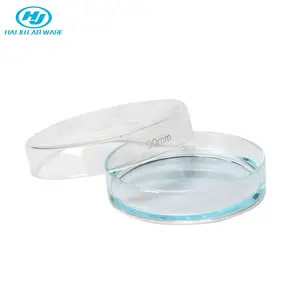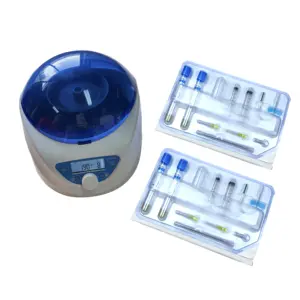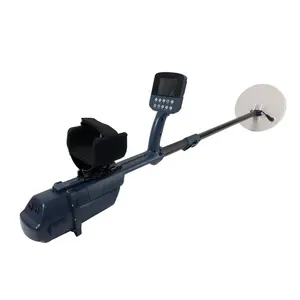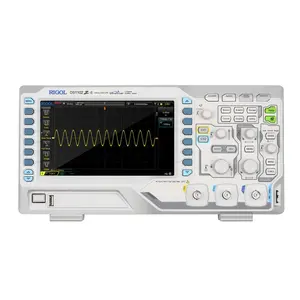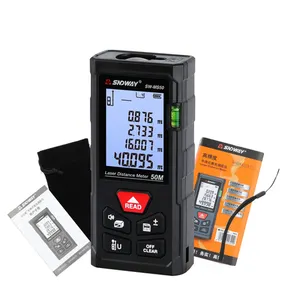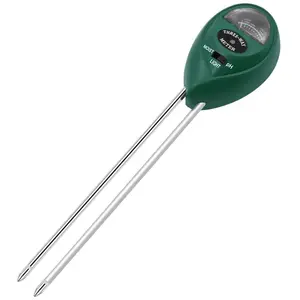Popular in your industry













































































Related Searches:




















































































































































About sewing needle metal detector
Introduction to Sewing Needle Metal Detectors
Sewing needle metal detectors are specialized devices designed to identify and locate metallic elements, particularly needles, within various textiles and garments. These detectors play a crucial role in maintaining the integrity of products in the apparel industry, ensuring that garments are free from unintended metal remnants that could pose safety risks.
Types and Applications
There are multiple types of sewing needle metal detectors tailored to different applications. Handheld models offer portability for spot checks, while larger, conveyor-style detectors are used for comprehensive scanning of bulk materials. Their application spans from quality control in garment production to safety checks in packaged goods.
Features and Functionality
Modern sewing needle metal detectors come equipped with features such as high-sensitivity detection, user-friendly interfaces, and automatic rejection systems for contaminated items. These features enhance the efficiency of production lines and reduce the risk of metal contamination.
Materials and Construction
The construction of sewing needle metal detectors involves robust materials capable of withstanding the rigors of industrial environments. The choice of materials also ensures that the detectors are sensitive enough to detect even the smallest metal fragments.
Advantages of Utilizing Metal Detectors
Incorporating sewing needle metal detectors in textile and apparel manufacturing processes offers numerous advantages. They help in protecting the end-user from potential harm and safeguard the manufacturer's reputation by preventing metal contamination-related recalls.
Selection Considerations
When selecting a sewing needle metal detector, it is essential to consider the sensitivity, detection width, and the adaptability of the device to different working environments. These factors ensure that the chosen detector meets the specific needs of the operation.
